THE BIG } PICTURE
1. Kitchen is considered to be sacred
Kitchen is the heart of the house; similarly, Sri Lankans consider the kitchen to be a place of sacred and prosperity, giving energy to the family.
Sri Lankans often worship the kitchen and pray for blessings to have a fruitful life. Preparing the hearth for the new year is also an age-old custom.
Usually, clay mixed with cow dung is applied over the hearth for a fresh start for the next year. There are certain customs and practices related to the kitchen in Sri Lanka.
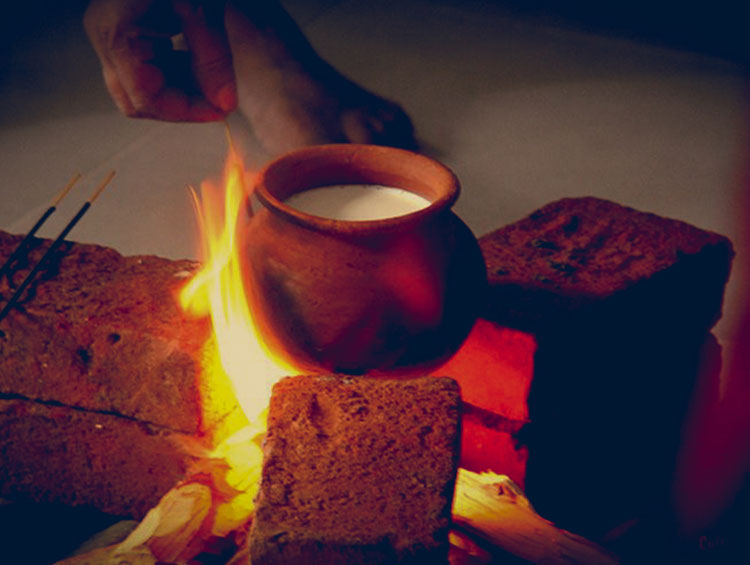
2. Dining is a ritual
This is often confusing for European guests – most of the time, they are confused when locals do not join them at the dining table. Unlike the West, Sri Lanka is one of few countries in which dining is considered to be a ritual. First, cooked rice is dedicated to Buddha. Food is eaten with the right hand, never the left. Eating and walking at the same time is considered disrespectful. The guests are served first, and family members are taught to ensure others have enough food and drink.
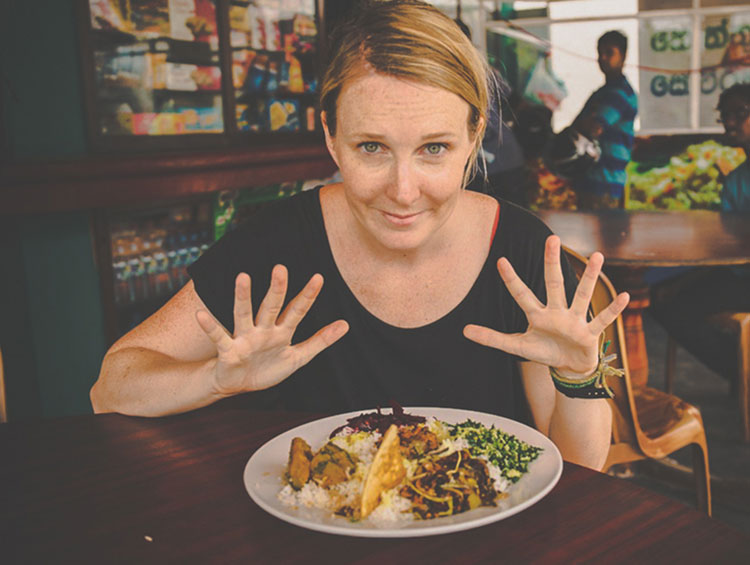
3. Kitchen is hopeless without coconut
Coconut is considered the most worshiped ingredient in all Sri Lankan kitchens. Sri Lankan cuisine uses scraped coconut and coconut milk for the majority of dishes. In addition, coconut water is used as a leavening agent when making baked food. Further, the coconut shell is used to make kitchen utensils and charcoal.

4. Clay pot cooking
Sri Lankan cooking artistry has mastered the technique of cooking food in clay pots, and clay pottery has been one of the oldest crafts in the country. A technically made and well-seasoned clay pot makes food tender and flavorful. The porous walls absorb water, which prevents food from going dry – therefore useful for long slow cooking. In addition, since less oil is needed to retain moisture, food cooked in clay pots are naturally low in fat. Researches have proved, food cooked in clay pots can be preserved for longer as it has antibacterial acidic moisture.

5. Traditional kitchen tools
In order to get the best taste and aroma, traditional tools should be used, as there are no better alternatives. Even modern houses have traditional tools, such as grinding mill, pestle and mortar, etc. Although there are hundreds of products available at the market, they do not give the same taste and effect that traditional cooking tools give.
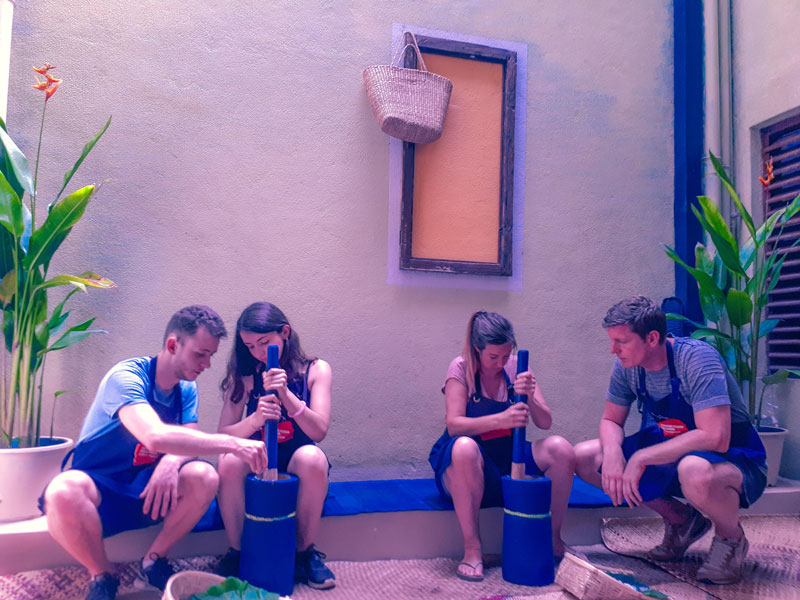
6. Spicy
Sri Lanka is the island of spice. Just a teaspoon can change the whole taste and aroma of a dish. Sri Lanka’s traditional spice is Ceylon cinnamon, accounting for 56{a70958d73c2c63f0efc5c3e9b58dc8cbd0b6080af05020780575ffb823d5c3fa} of Sri Lankan exports. Sri Lankans use spices in their own style: for daily use, they have a ready-made mixture called ‘Sri Lankan curry powder’; otherwise, Thuna-paha means ‘3-5.’ There are two varieties of curry powder: raw and roasted. They are used for different varieties of curries.
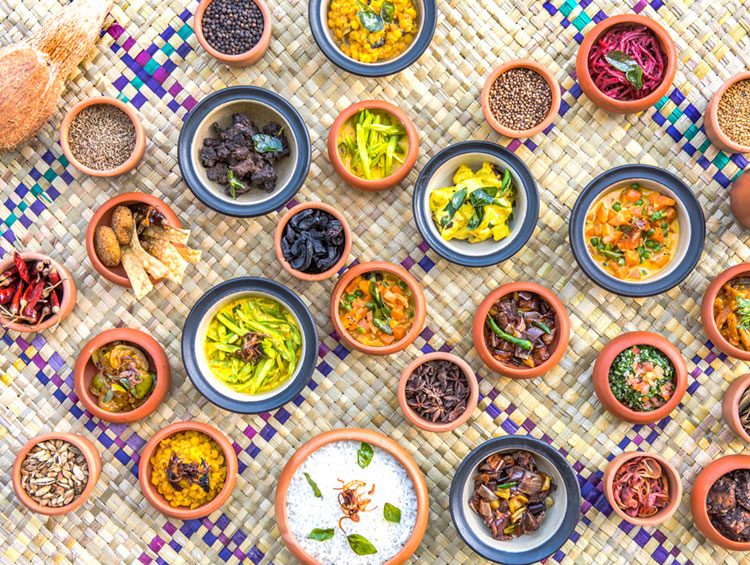
7. leafy salad & Mallum
Mallum or leafy salad is a must-have side dish along with other curries. There are over hundreds of varieties of leaves available in Sri Lanka. Mallums are usually made with a variety of finely chopped leaves, scraped coconut, tomato, lime, and spices. Sri Lankan parents usually encourage their children to eat fresh mallum and salad, as fresh leaves have vitamins and minerals

8. Badhum (tempering)
Tempering is a cooking technique that is not found in the Western or Eastern cookbooks, but it is typically used to make Sri Lankan curries. The origin of the term is from the Portuguese during the colonial period. In Portuguese, ‘temperadu’ means ‘to fry and season.’ This is a shallow frying of onions, curry leaves and other condiments to release the flavor or accentuate it. Generally, the oil is heated to a very high temperature to bring about instant browning and release the aroma. This aroma helps in the secretion of digestive juices and whets the appetite.
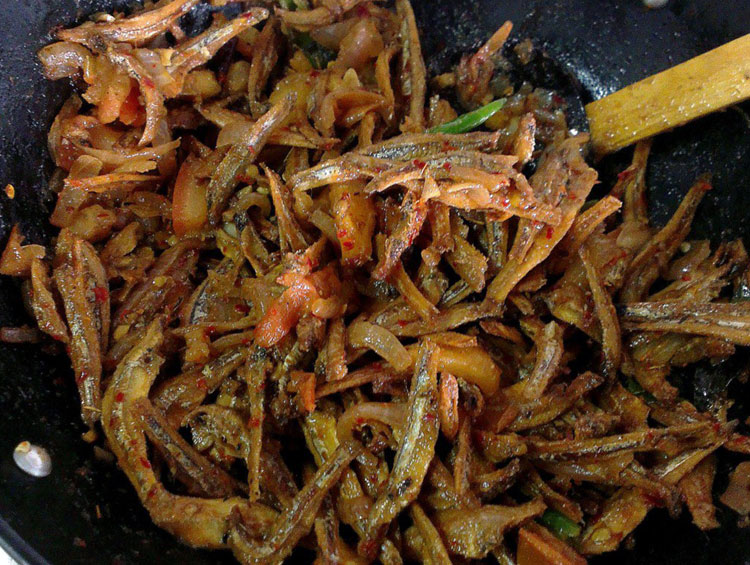
9.Regional difference (taste and techniques)
Cooking patterns and techniques are unique to the region they originate from. So that means even the same curry has a regional taste – locals can identify if it is from the north, south, west, east or hill country. Also, there is a huge variety of rice throughout the different parts of Sri Lanka. Different regions use different types, and the taste and aroma is often different.
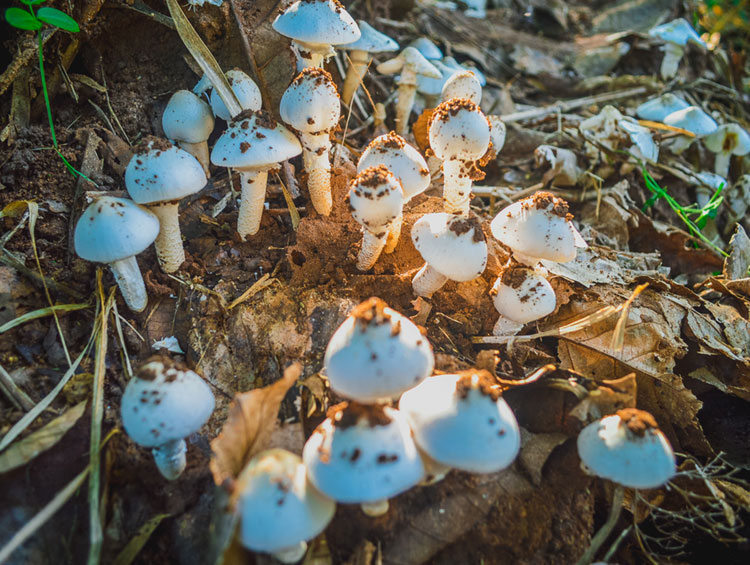
10. Oral traditions instead of cookbook
Sri Lankan cooking techniques and recipes are passed from generation to generation through word of mouth. Family recipes are never written in cookbooks, as the taste is unique to the family and their practices. They use traditional measurements for ingredients and cook to taste.


This is a lovely recipe, thank you for taking the time to write the article.
Such a great information about Sri Lankan kitchen. I am a fan of Asian spicy. The hard part is to figure out the best receipt for each dish. Thank you very much for sharing secrets behind Sri Lankan kitchen. Keep it up.
A couple of things about Sri Lankan food can be said with certainty: Sri Lankans completely love flavors, they adore food that detonates with season, and numerous appreciate pan fried, and exceptionally scrumptious, snacks. Whatever you eat in Sri Lanka, your mouth is going to celebrate with happiness.